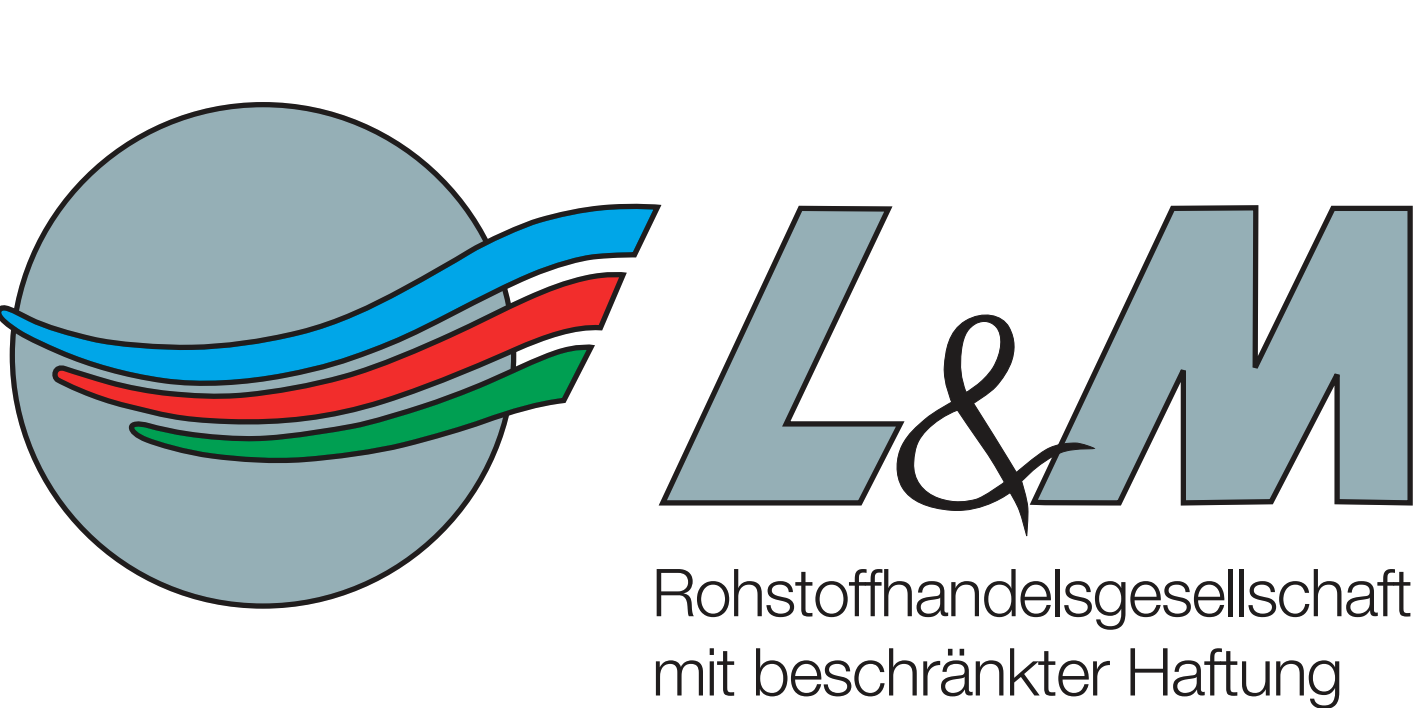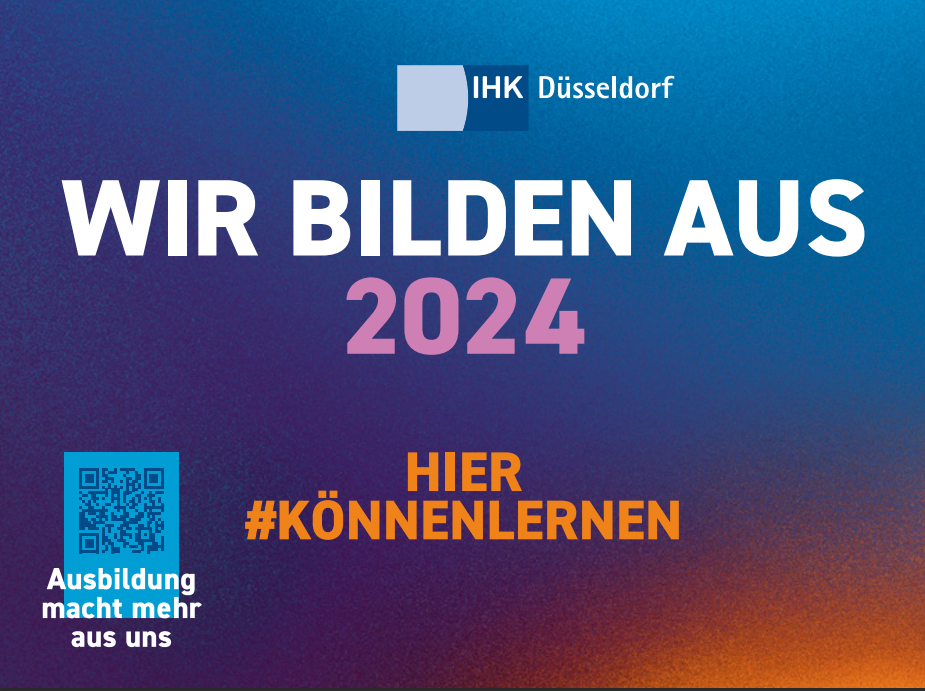Sustainability
In a world where the effects of climate change are becoming increasingly tangible, companies have a significant responsibility to minimize their environmental footprint.
The L&M Group is aware of this responsibility and is taking a significant step towards sustainability by voluntarily offsetting its CO2 emissions in accordance with Scope 1, 2 and 3 of the Greenhouse Gas Protocol.
What is the Greenhouse Gas Protocol?
The Greenhouse Gas Protocol (GHG) is an internationally recognized framework for recording, measuring and reporting greenhouse gas emissions that is used by companies, governments and organizations worldwide. It was developed to provide a standardized method for quantifying greenhouse gas emissions and serves as a guideline for reporting on environmental impacts and climate strategies.
The GHG Protocol sets out the principles according to which companies and institutions can record and communicate their emissions in the categories Scope 1 (direct emissions), Scope 2 (indirect emissions through energy consumption) and Scope 3 (other indirect emissions along the value chain). It helps to create transparency in order to promote the reduction of greenhouse gas emissions and the transition to a low-carbon economy.
We want to generate sustainable and above-average added value for our customers and employees in the long term.
L & M THINKS SUSTAINABLY
We act today for a better tomorrow
The commitment of the L&M Group

CO2 compensation in action
L&M Rohstoffhandelsgesellschaft has offset emissions from:
1,842.378 t CO2.
This corresponds to a forest area of 184.2378 ha, or, converted:
Carboleg GmbH has offset emissions from:
1,221.528 tons of CO2.
This corresponds to a forest area of 122.1528 ha, or, converted:
For our aluminum shredder, we have offset emissions from:
1,117.009 tons of CO2.
This corresponds to a forest area of 111.7009 ha, or, converted:
For our material aluminum from waste incineration, we have offset emissions from:
165.795 tons of CO2.
This corresponds to a forest area of 16.5795 ha, or, converted:

L&M Rohstoffhandelsgesellschaft has offset emissions of:
1,842.378 t CO2.
This corresponds to a forest area of 184.2378 ha or, converted,
110,543 trees

Carboleg Rohstoffhandelsgesellschaft für Carbonprodukte und Legierungen mbh has offset emissions of:
1,221.528 t CO2.
This corresponds to a forest area of 1,221.528 ha or, converted,
73,292 trees
For our aluminum shredder, which we have processed by our subsidiary BARM GmbH, we have offset emissions of:
1,117.009 t CO2.
This corresponds to a forest area of 111,7009 ha or, converted,
67,021 trees
This also applies to our aluminum material from waste incineration plants:
165,795 t CO2.
This corresponds to a forest area of 16,5795 ha or, converted,
9,948 trees
We offset the calculated CO2 emissions from transport and processing for aluminum shredders and aluminum from waste incineration plants through voluntary compensation in 2023 and can speak of a "climate-neutral material" here.
By continuously expanding our recycling facilities, we are acting today for a greener, cooler and healthier planet tomorrow. The importance of forest areas for climate neutrality cannot be overemphasized. Every tree we plant, every forest we preserve, helps to keep our planet liveable for future generations.
By harnessing the power of trees, we can slow down climate change, preserve biodiversity and shape a sustainable future.
A step in the right direction
For L&M, sustainability means not only taking the environment into account, but also addressing the issues of health, safety, human rights, discrimination and risk management/governance.
The L&M Group's commitment to offsetting its CO2 emissions in accordance with the Greenhouse Gas Protocol proves that sustainability and business success can go hand in hand. By taking responsibility for its environmental footprint, the company is setting a positive example for others in the industry and helping to shape a more climate-friendly future.


